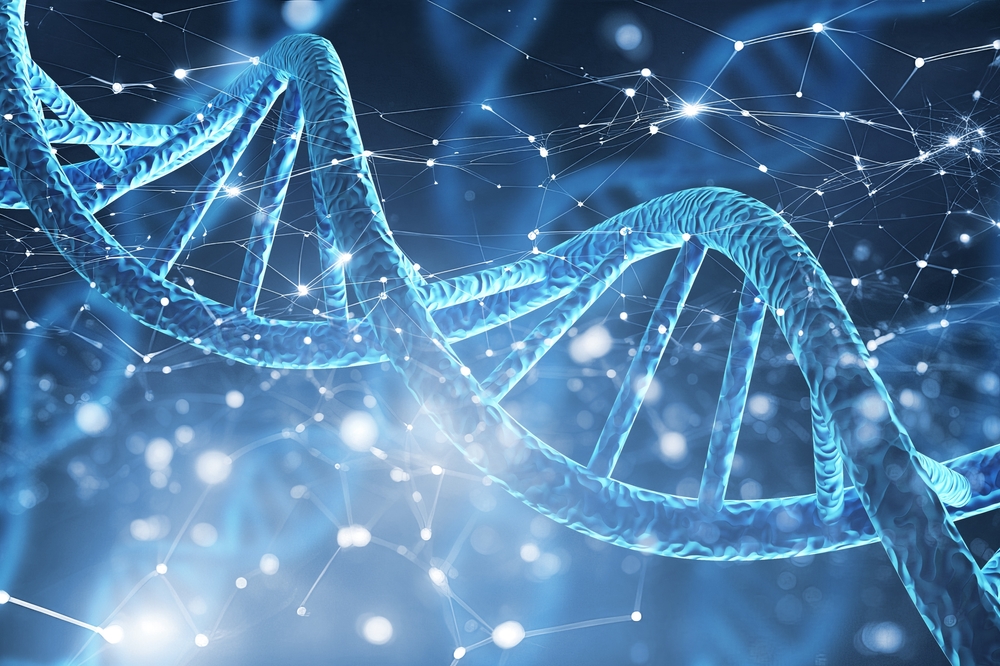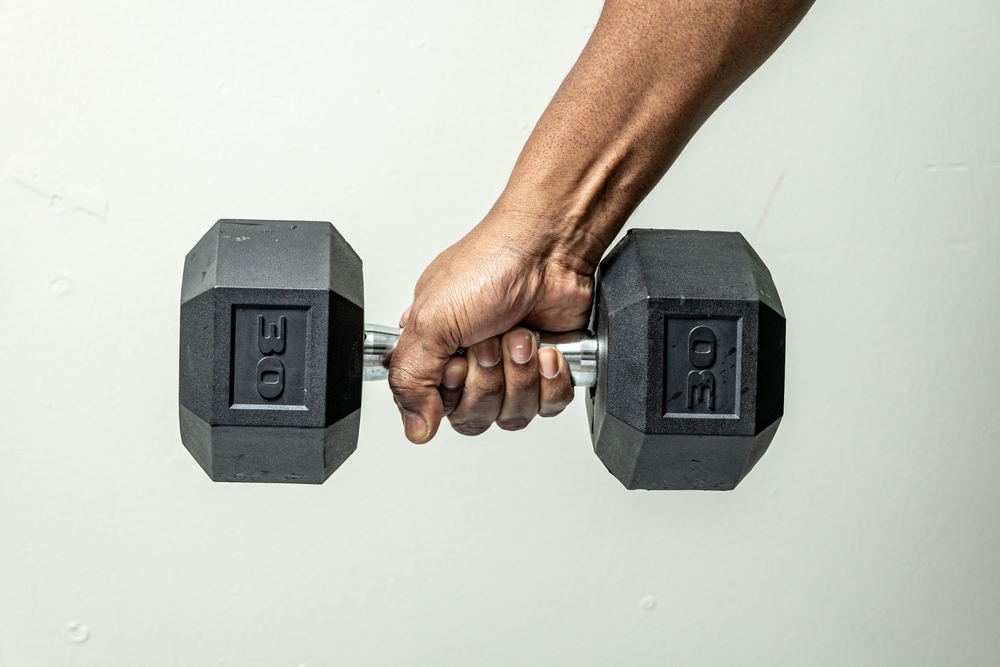Gaining visible muscle doesn’t happen overnight. Even with perfect form and dedicated training, results take time. Researchers say muscle development involves a slow biological process where muscle fibers rebuild and strengthen after stress. Many beginners expect results in a few weeks, but your body works on a different schedule. The early stages involve subtle internal changes that aren’t immediately visible in the mirror. Patience is essential, as even the most effective programs need weeks before muscle gains become noticeable. Staying realistic about the timeline helps prevent frustration and keeps you focused on long-term success.
What Happens First: Strength Without Size

In the first couple of weeks, lifters often feel stronger, but this improvement comes from neural adaptation, not muscle size. Your nervous system learns how to coordinate muscle fibers more effectively. This results in smoother movements, better control, and higher force output. It’s your brain becoming more efficient, not your body adding mass. Research confirms that during this phase, muscle growth is minimal to nonexistent. Understanding this can help you stay committed instead of thinking the workouts aren’t working. It’s a foundational step, not a setback, and it’s essential for setting up long-term muscle development.
How Long Before You See Visible Muscle

Most people start seeing noticeable changes in their muscle definition between weeks six and eight. At this point, hypertrophy begins to take hold. Your body starts adding new muscle proteins to existing fibers, making them thicker and stronger. These changes show in improved shape, firmness, and tone. If you train consistently and eat well, gains can continue steadily for months. In beginner lifters, you can expect one to two pounds of muscle per month, depending on your routine and lifestyle. This steady pace may seem slow, but it builds a strong and lasting foundation.
Why Consistency Beats Intensity

People often push themselves too hard, thinking more intensity means more results. But muscle growth thrives on consistency. Training three times per week with good form and recovery is far more effective than going all out for two weeks and quitting. Progressive overload, which means gradually increasing weight, reps, or resistance, is the key. Your muscles need regular, controlled challenges to grow. Sudden bursts of effort may cause injury or burnout. The most successful lifters are the ones who stick with a routine, adjust when needed, and show up week after week.
Muscle Needs More Than Just Weights

Lifting is only half the battle. Without enough calories, especially protein, your muscles don’t have the materials they need to grow. Protein provides the amino acids used to repair and build muscle tissue. Aim for at least 1.6 to 2.2 grams of protein per kilogram of body weight daily if your goal is to build muscle. Carbohydrates help fuel workouts, while healthy fats support hormones involved in growth. Timing matters too. Eating protein-rich meals around your workouts can improve results. Without proper nutrition, even the best training plan will stall.
Why Recovery Time Matters for Muscle Gains

Training breaks down muscle, but rest builds it back stronger. Every workout creates tiny tears in the muscle fibers, which must be repaired before growth happens. This process occurs during sleep and rest days. Without recovery, your muscles never get the chance to rebuild properly. Experts advise taking 48 hours before targeting the same muscle group again. High-quality sleep, around 7 to 9 hours per night, also improves hormone regulation and recovery. Overtraining, by contrast, can lead to fatigue, injury, or stalled progress. Smart lifters know that rest is not laziness, it’s strategy.
Read More: 21 Surprising Reasons You’re Stuck at the Same Weight
How Age Affects Your Ability To Build Muscle

Muscle growth slows with age, but it doesn’t stop. As we get older, hormone levels like testosterone and growth hormone decline, making it harder to gain size. However, studies show that older adults can still add muscle and strength with proper resistance training. Lifting weights helps fight age-related muscle loss, improves balance, and protects bone density. It also supports mental health and mobility. Starting later in life might mean slower results, but the benefits are still significant. With a smart routine and good nutrition, building muscle remains possible well into your 60s, 70s, and beyond.
Do Men Really Build Muscle Faster Than Women?

Yes, men typically build muscle faster due to higher testosterone levels, which directly impact muscle protein synthesis. But this doesn’t mean women can’t achieve significant results. Women often gain strength at similar rates and improve muscle tone with resistance training. Plus, female bodies respond well to certain rep ranges and recover faster between sets, offering advantages in endurance and volume. The myth that lifting weights makes women bulky is unfounded. In truth, strength training leads to better metabolism, body composition, and confidence. The muscle gains may look different, but the benefits are just as powerful.
Breaking Through Muscle Plateaus

Eventually, most people hit a wall in their muscle-building progress. This plateau happens because the body adapts to repeated routines. Muscles stop growing if they’re not challenged in new ways. To overcome this, lifters need to increase the stimulus. Try changing the number of reps, adding more weight, altering rest times, or introducing new exercises. Periodization, planning different phases of training over weeks or months, can also break stagnation. Keeping a workout log helps spot plateaus early and make adjustments. Plateaus are normal, but they’re also signs it’s time to evolve your approach.
Why Muscle Genetics Play a Role

Some people gain muscle faster than others, and genetics play a big part in this. Variations in muscle fiber type, hormone production, and limb length can affect how quickly your muscles respond to training. Fast-twitch fibers grow larger but fatigue faster, while slow-twitch fibers support endurance. Those with more fast-twitch fibers may see faster size gains. But even with less favorable genetics, meaningful muscle growth is possible. Your genes set a starting point, not a ceiling. Progress is still within reach through consistency, smart programming, and recovery. Comparing your journey to others is counterproductive.
You Need a Long-Term Strategy to Keep Muscle

Muscle is a “use it or lose it” resource. After about three weeks of inactivity, muscle mass begins to decline. This process, called atrophy, becomes more noticeable after longer periods. However, trained individuals retain gains longer and regain lost muscle faster when they return to training. This concept, known as “muscle memory,” helps returning lifters bounce back quickly. To maintain gains, create a sustainable schedule you can stick to long-term. Even short workouts can help maintain muscle if done regularly. The goal isn’t perfection, it’s long-term consistency and lifestyle integration.
What Supplements Actually Help Muscle Growth

Some supplements support muscle growth when used correctly. Creatine monohydrate is one of the most effective and researched. It improves energy output during short bursts of activity and supports recovery. Whey protein offers a convenient way to hit daily protein targets. Branched-chain amino acids (BCAAs) may aid in recovery, though they are less essential with a complete diet. Beta-alanine and L-citrulline support endurance. However, none of these supplements can replace proper nutrition and training. They help you get the most from your routine but won’t build muscles on their own.
Common Mistakes That Delay Muscle Gains

Many people delay results by repeating avoidable mistakes. These include poor lifting form, not eating enough, skipping rest days, doing too much cardio, or changing routines too often. Focusing too much on scale weight instead of muscle composition can also mislead progress. Logging workouts, tracking meals, and allowing proper rest can speed up results. Another overlooked factor is stress. High cortisol levels can interfere with muscle repair. A balanced plan with a mix of structure, recovery, and realistic goals helps avoid setbacks and keeps growth on track.
How to Tell If Your Muscles Are Growing

Not all signs of muscle growth are visual. Improved strength, increased endurance, and better control during exercises are early indicators. Progress photos over time often show subtle changes that daily mirror checks miss. Your clothing may start fitting differently, especially in the shoulders, arms, and thighs. Tracking body measurements and gym performance gives a fuller picture than relying on weight alone. These signs build confidence and provide motivation to keep going, even if physical changes feel slow.
How Long Does It Really Take?

Growing muscle takes time, commitment, and the right conditions. While early strength comes from the nervous system, visible growth starts around the 6 to 8-week mark. To continue gaining size, you need to challenge your muscles regularly, fuel your body with proper nutrition, and prioritize rest. Genetics, age, and gender may affect the rate of muscle gain, but with consistency, results will come. The key is not to rush or compare. Instead, focus on sustainable progress, good habits, and celebrating every milestone on the journey to building stronger muscle.
Read More: What lifting weights twice a week does to your body after 60
Disclaimer: This article was created with AI assistance and edited by a human for accuracy and clarity.
Disclaimer: This information is not intended to be a substitute for professional medical advice, diagnosis or treatment and is for information only. Always seek the advice of your physician or another qualified health provider with any questions about your medical condition and/or current medication. Do not disregard professional medical advice or delay seeking advice or treatment because of something you have read here.

